On the Road in Mexico: The Highlights – Part 1

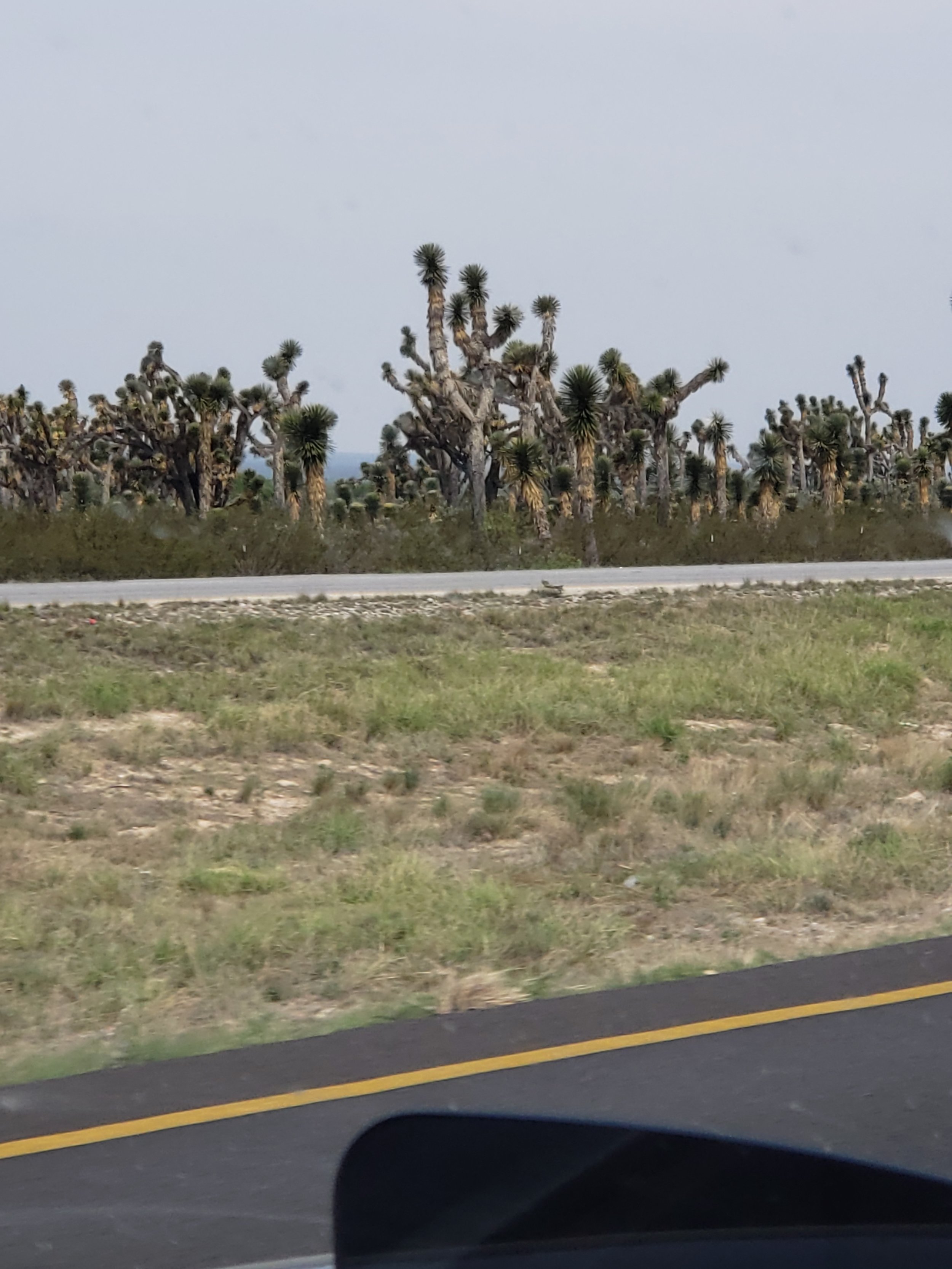
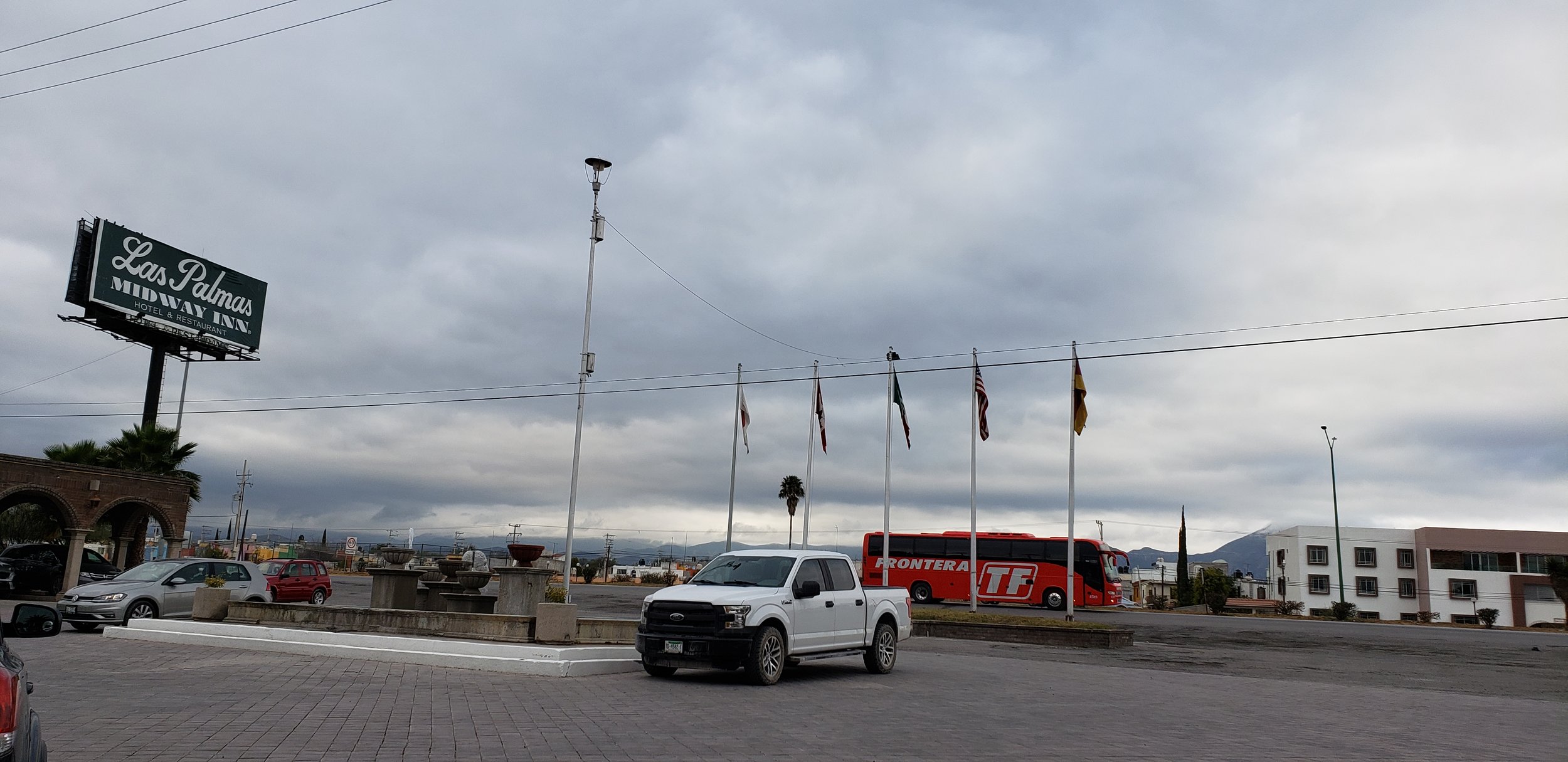
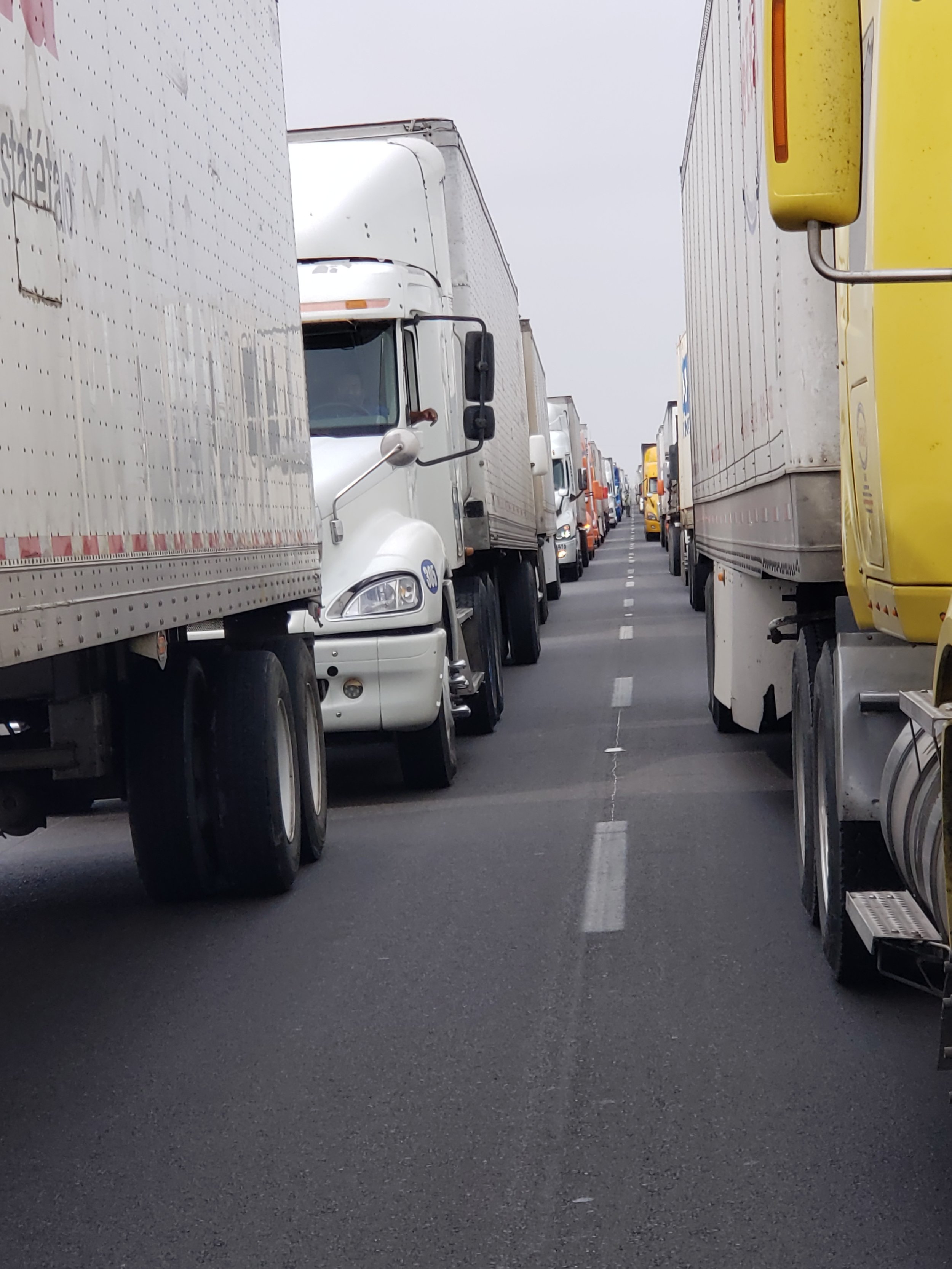
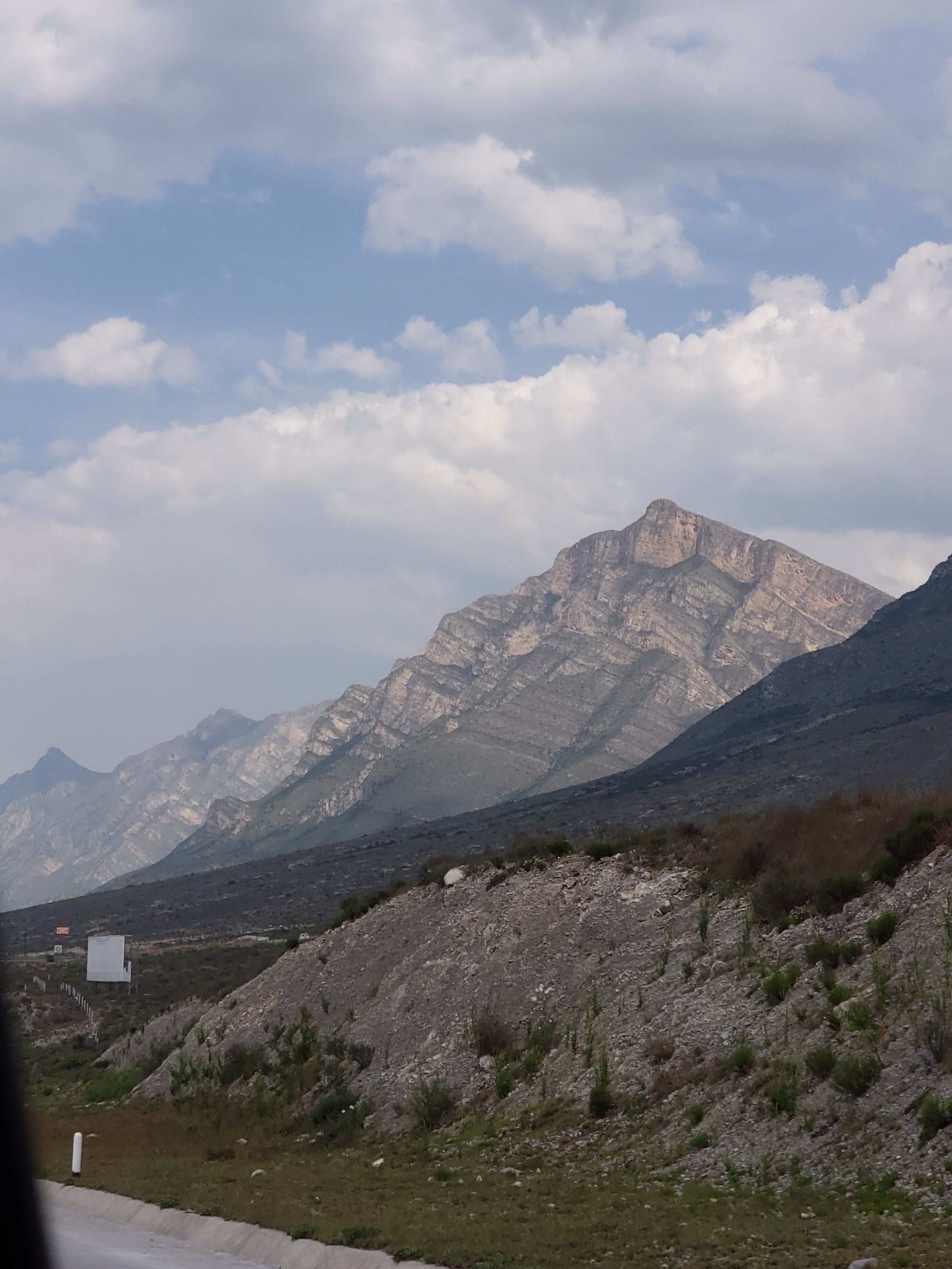
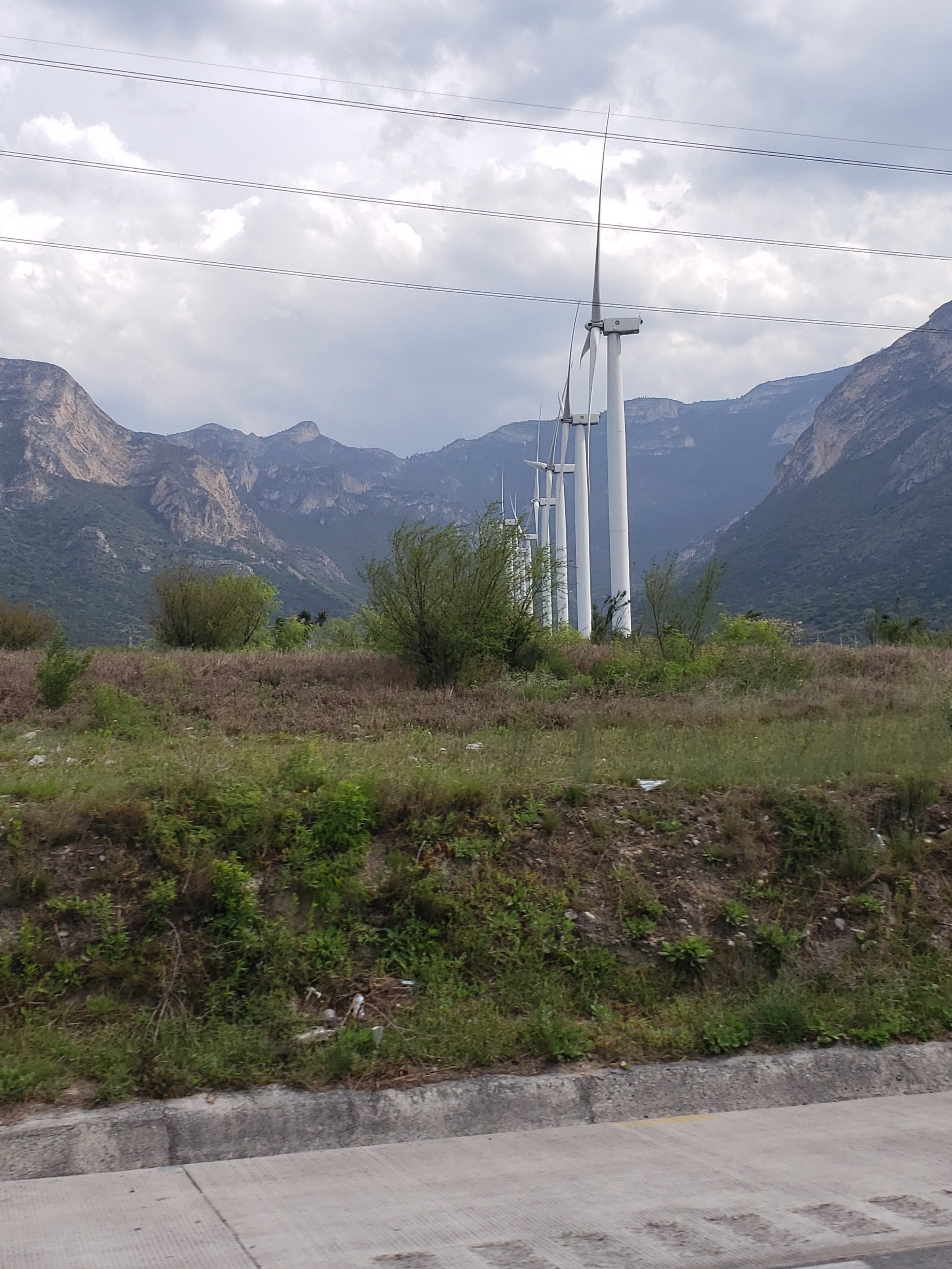
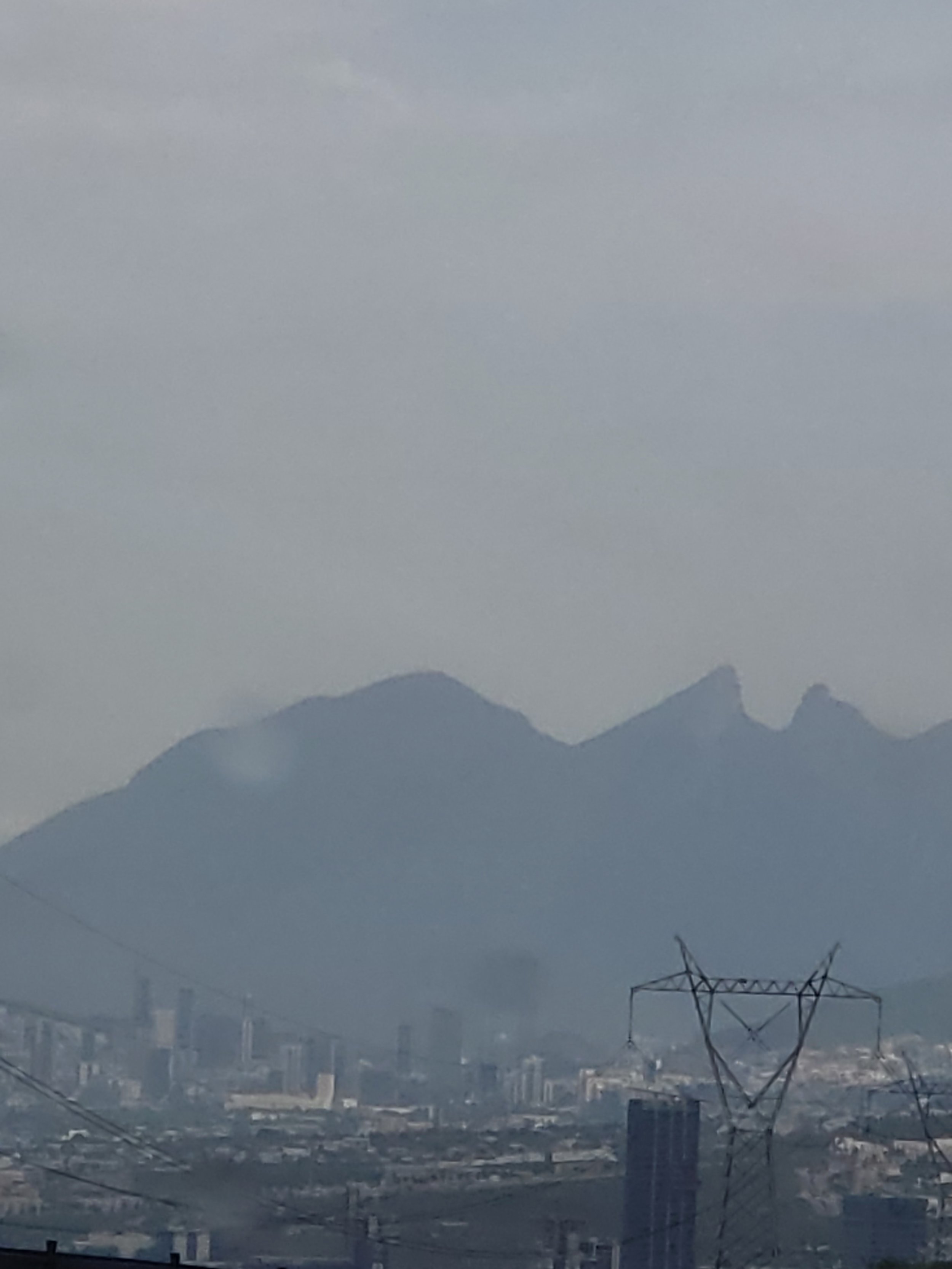
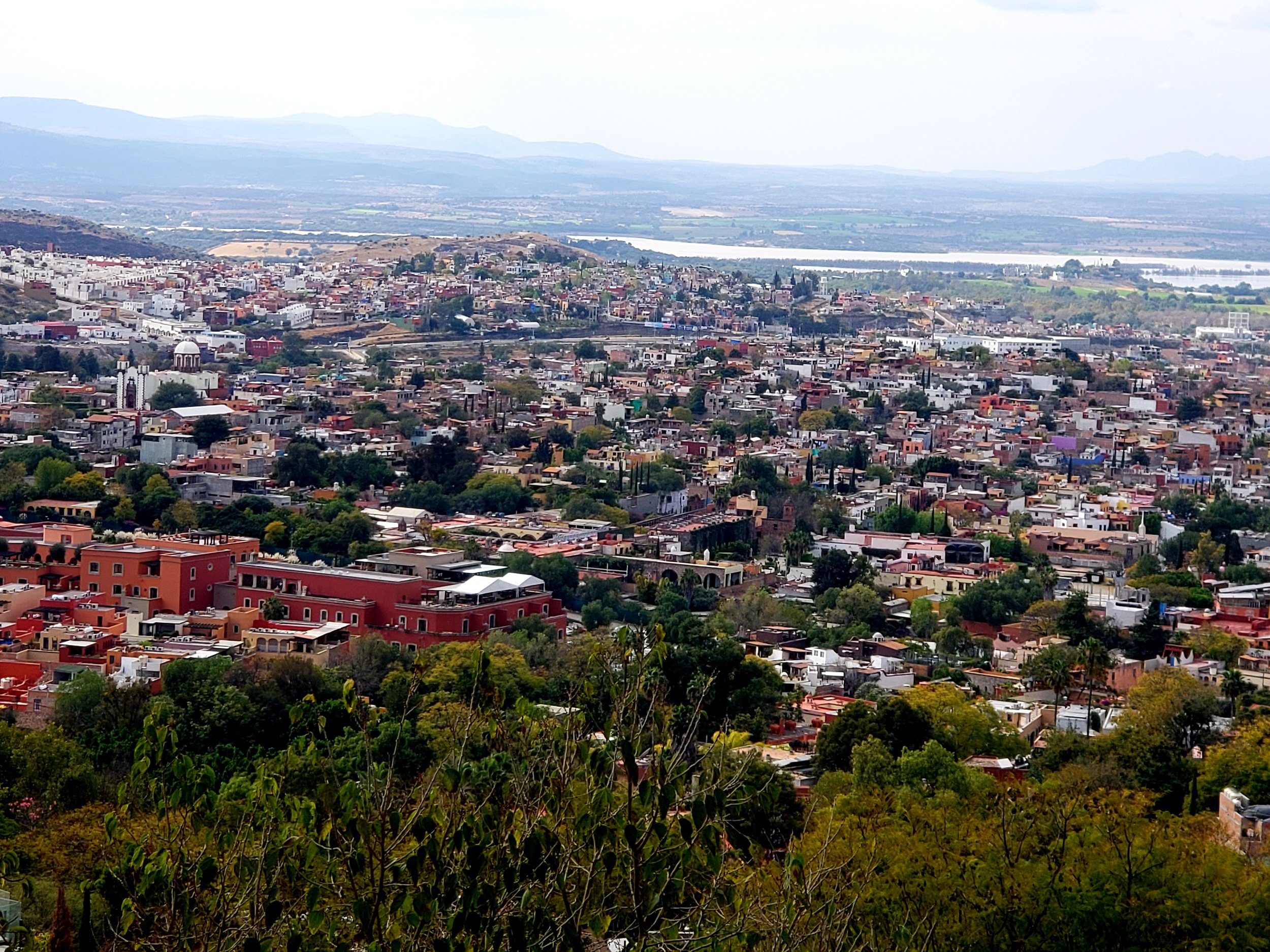
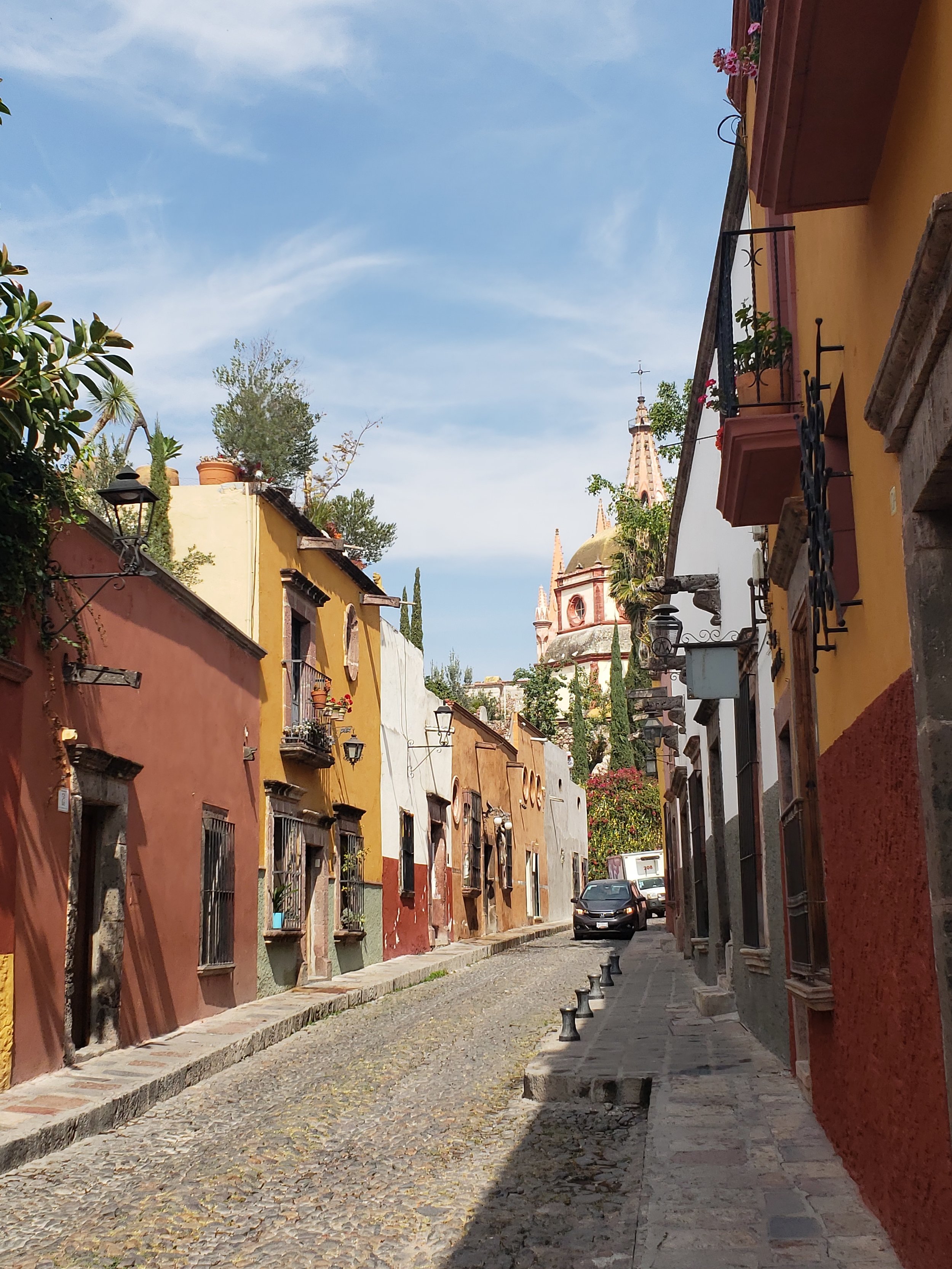
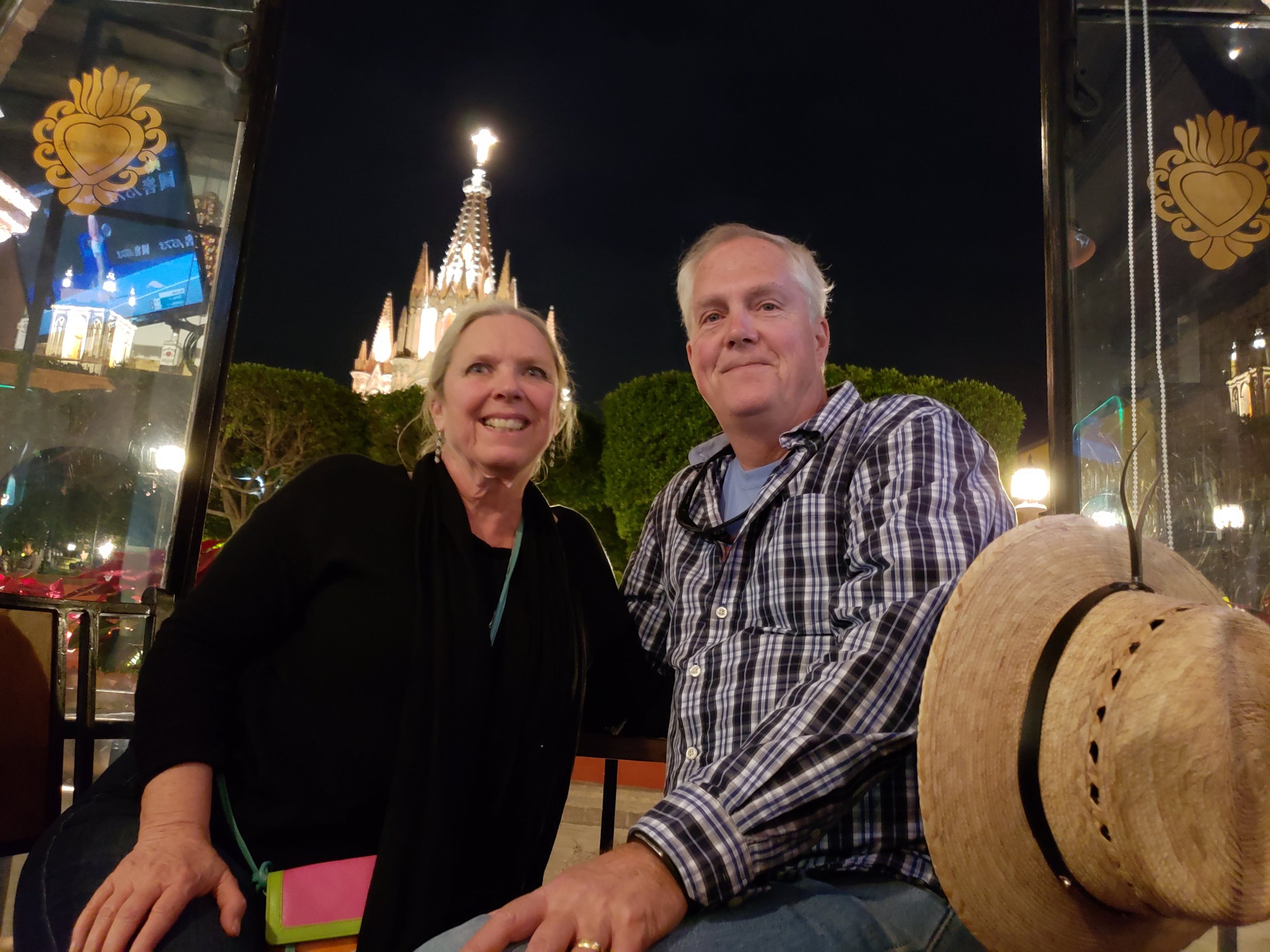
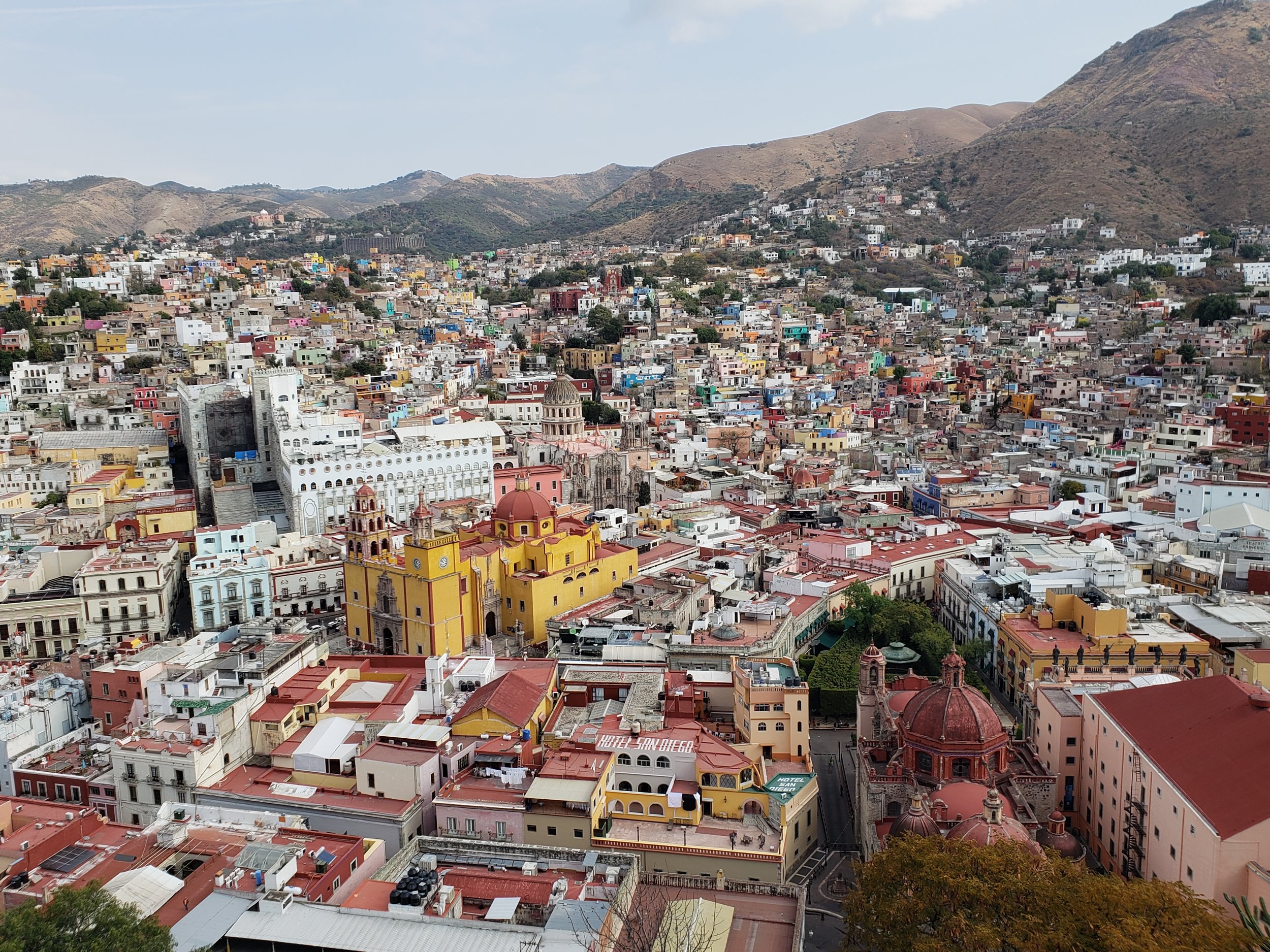
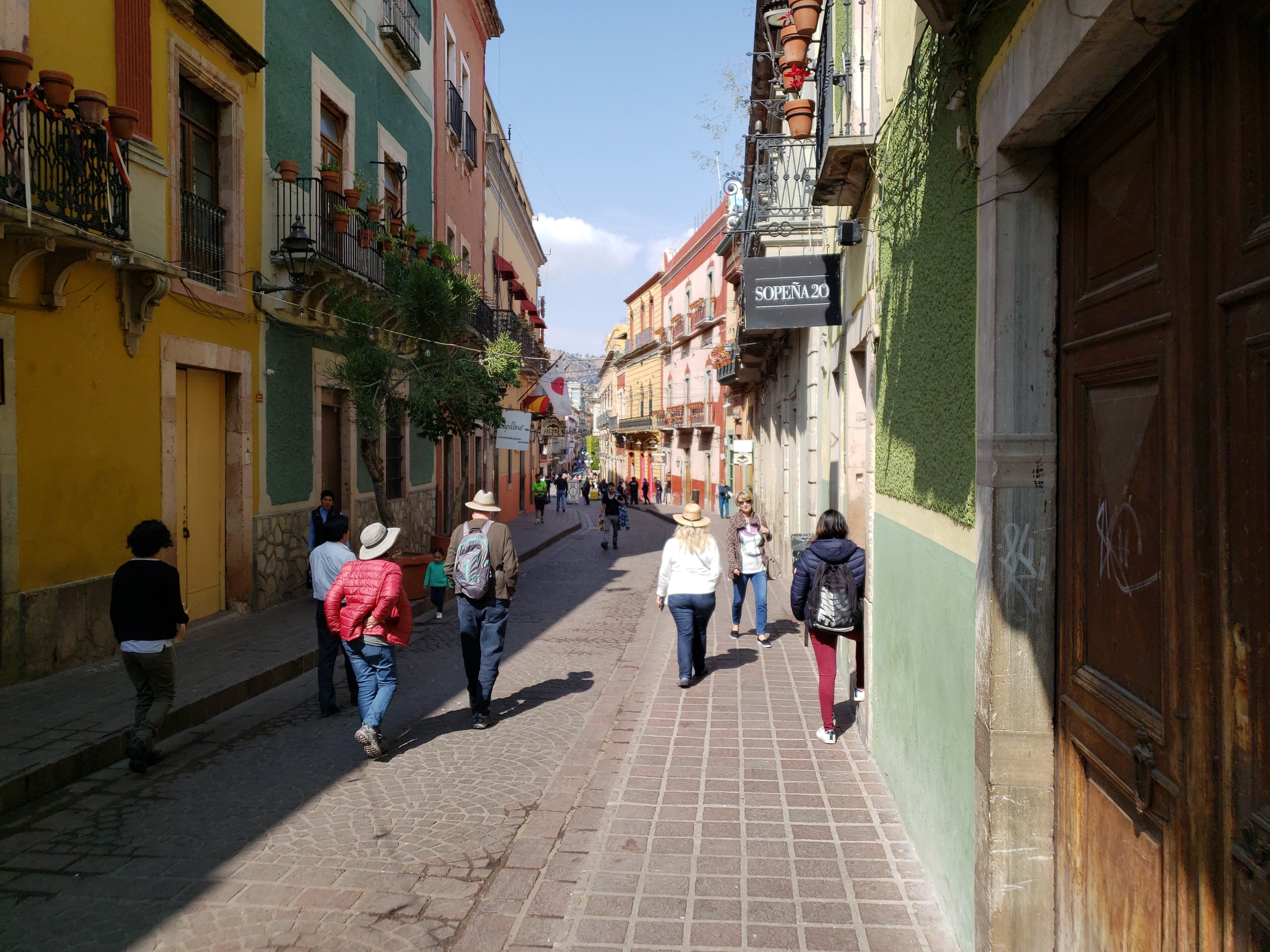
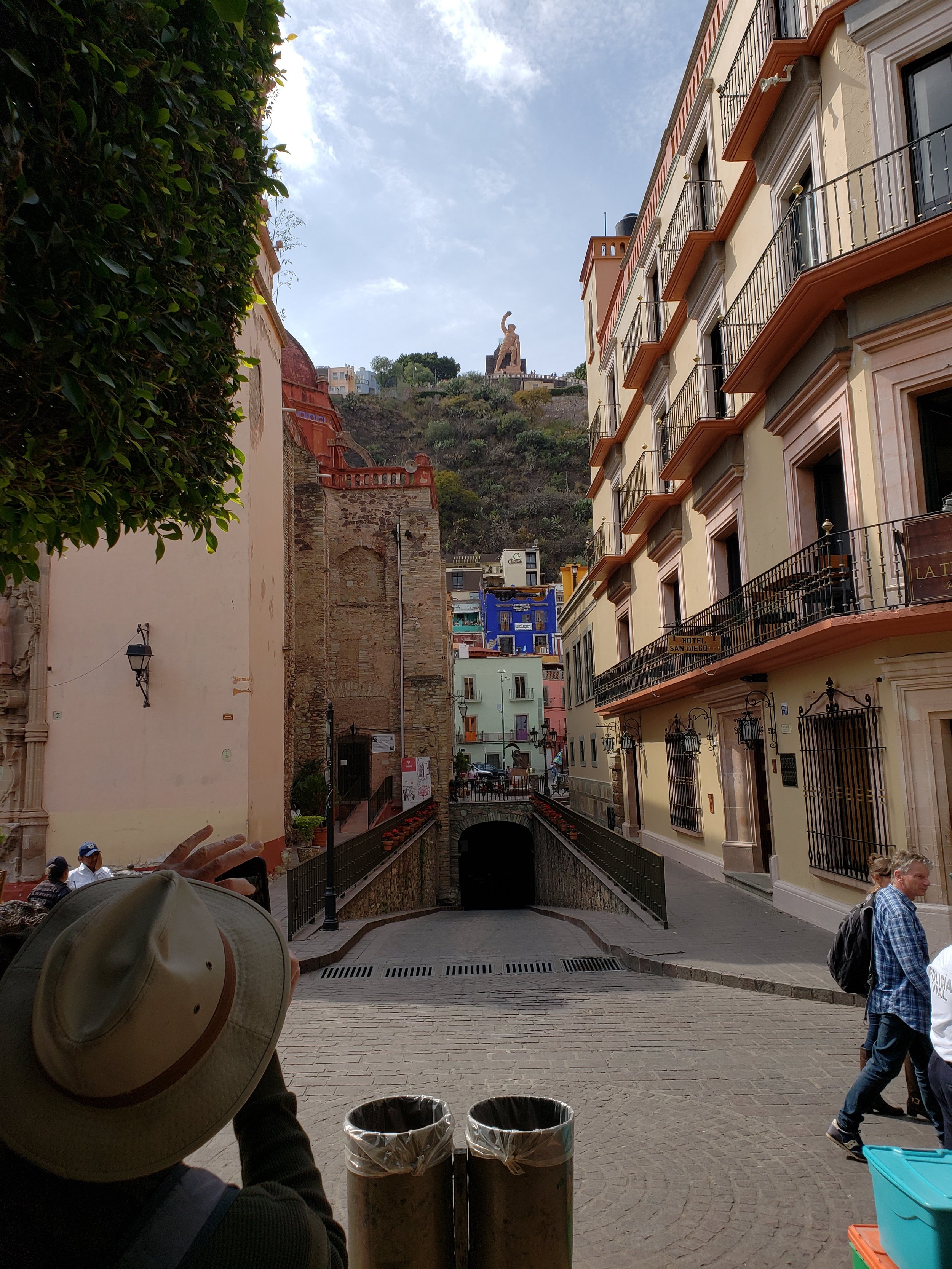
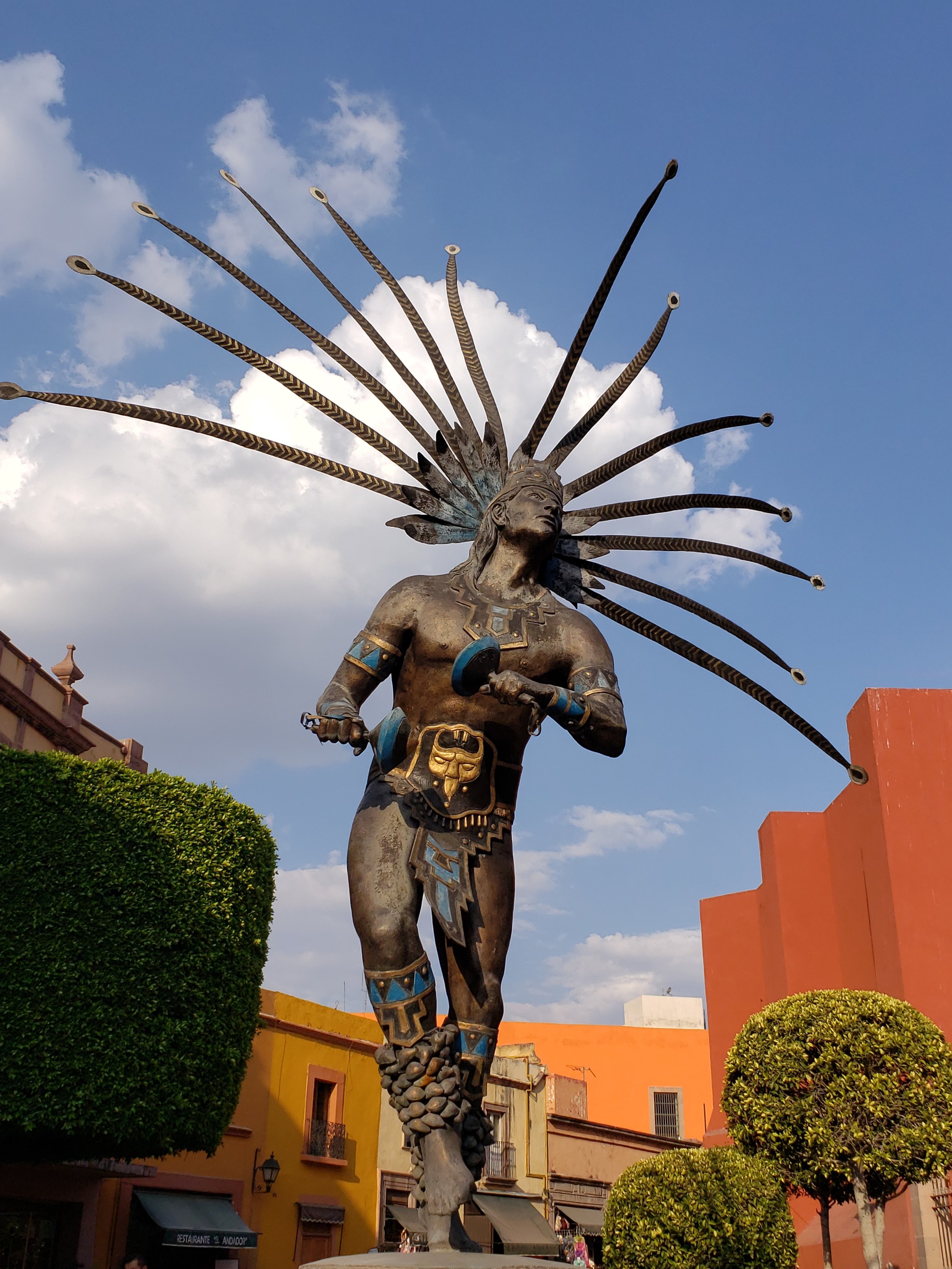

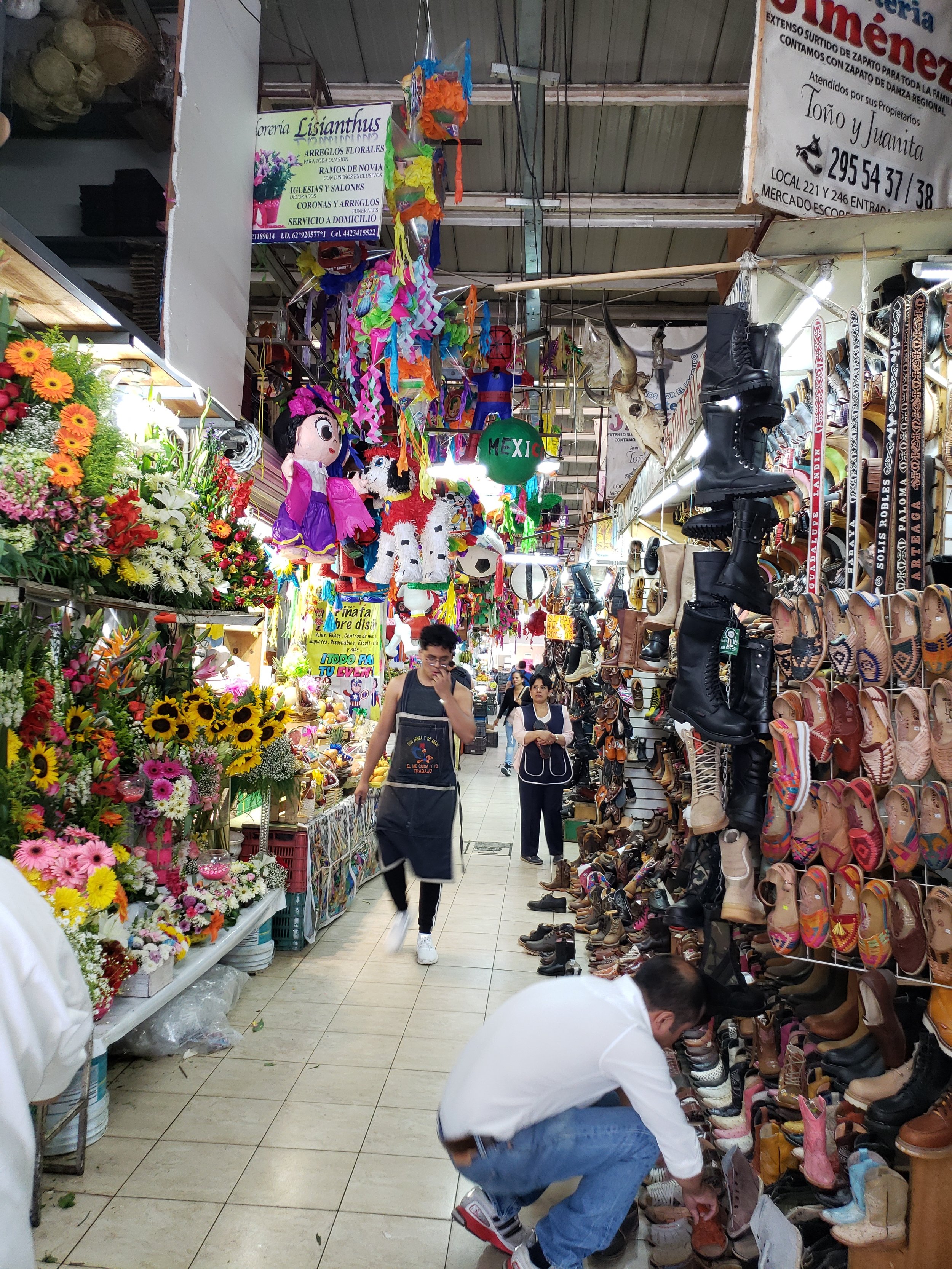
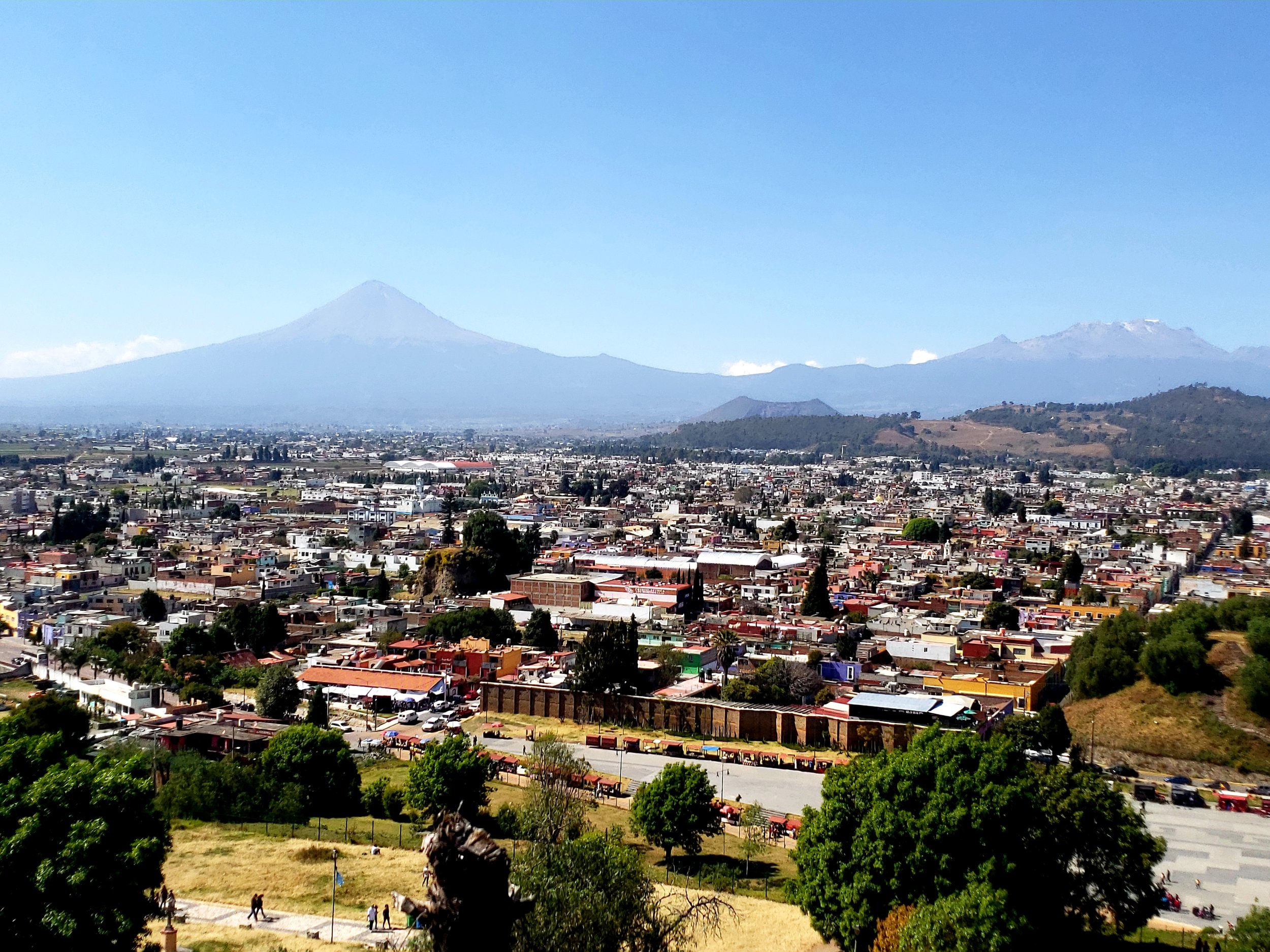
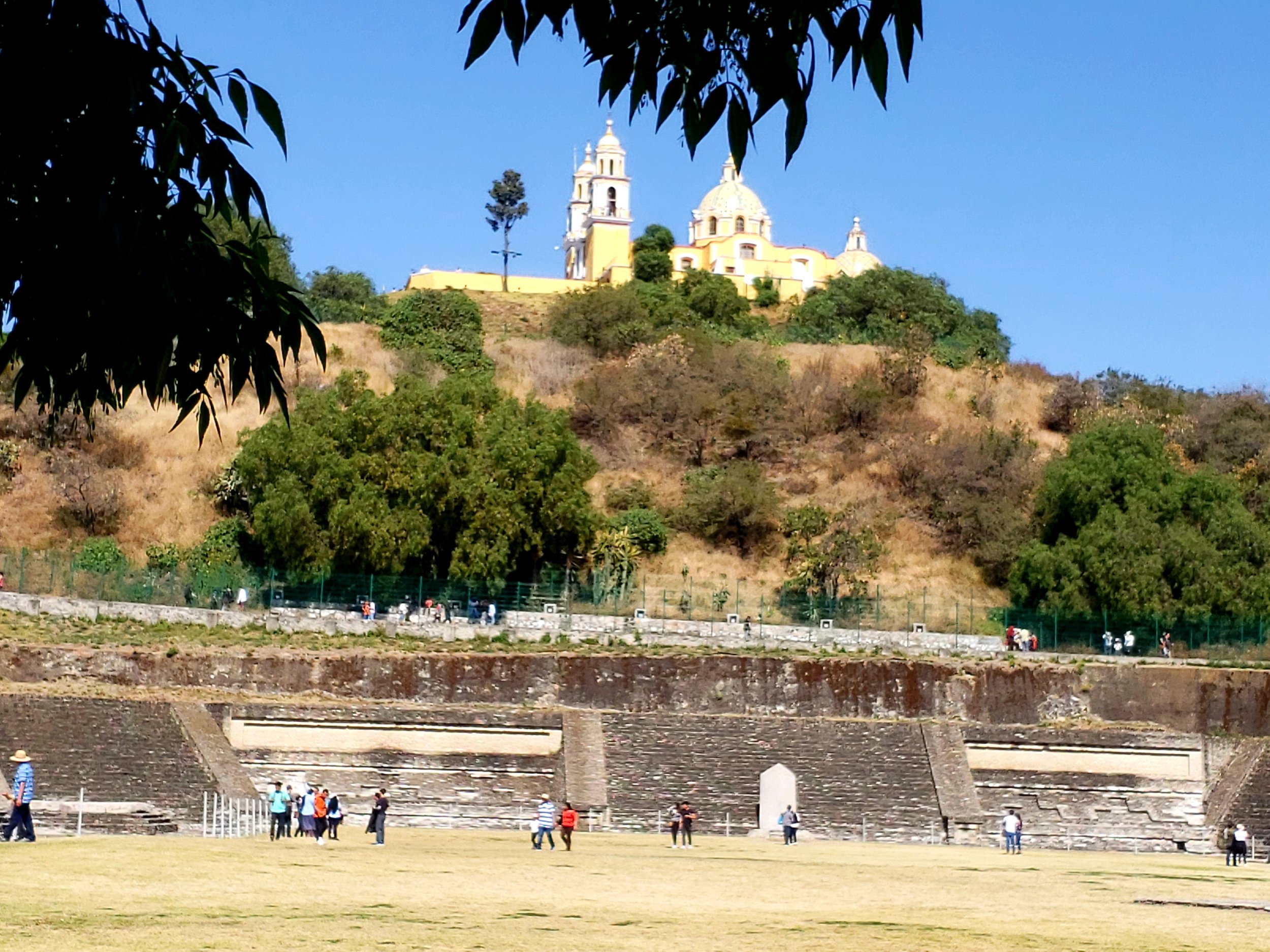
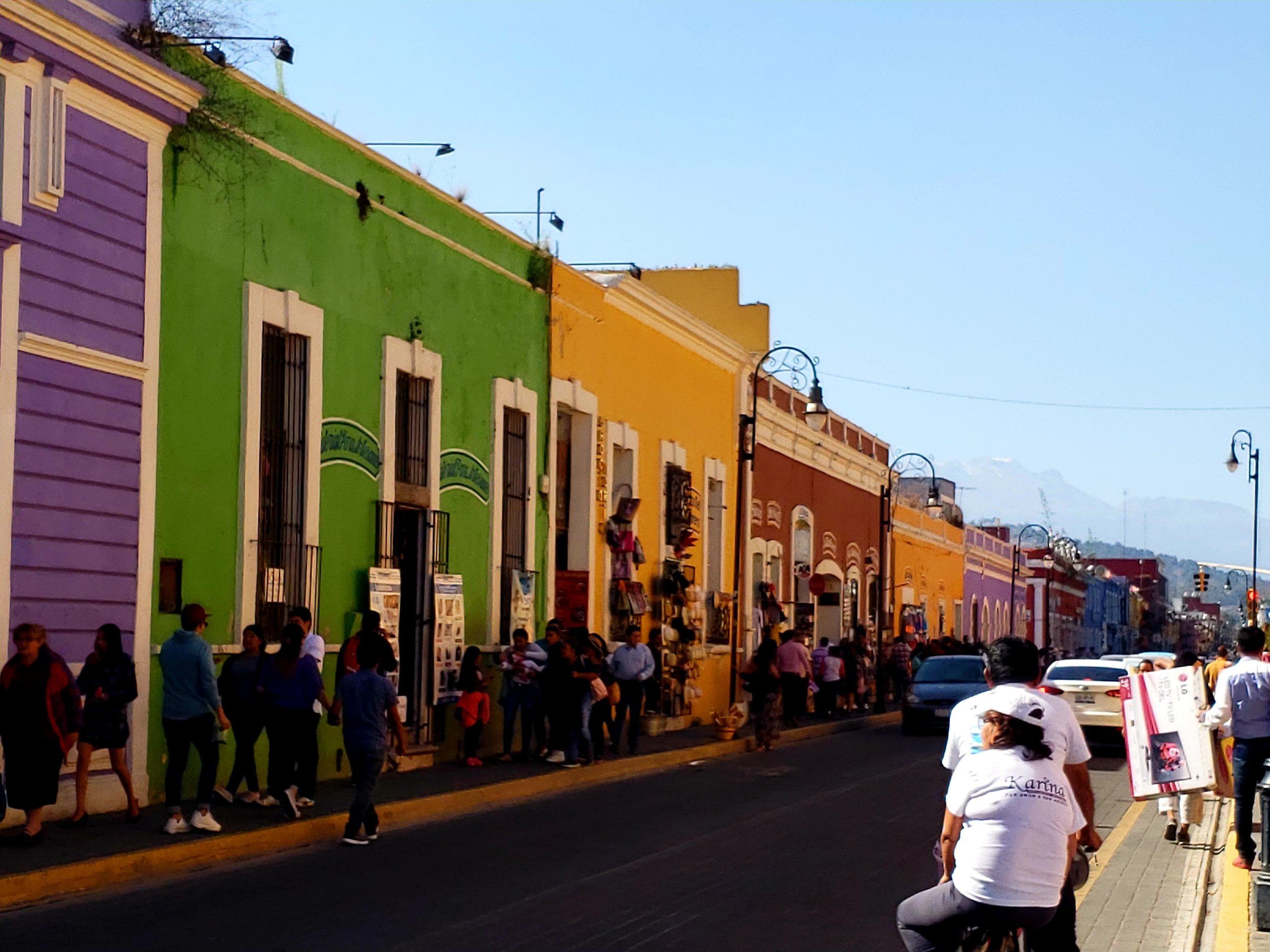
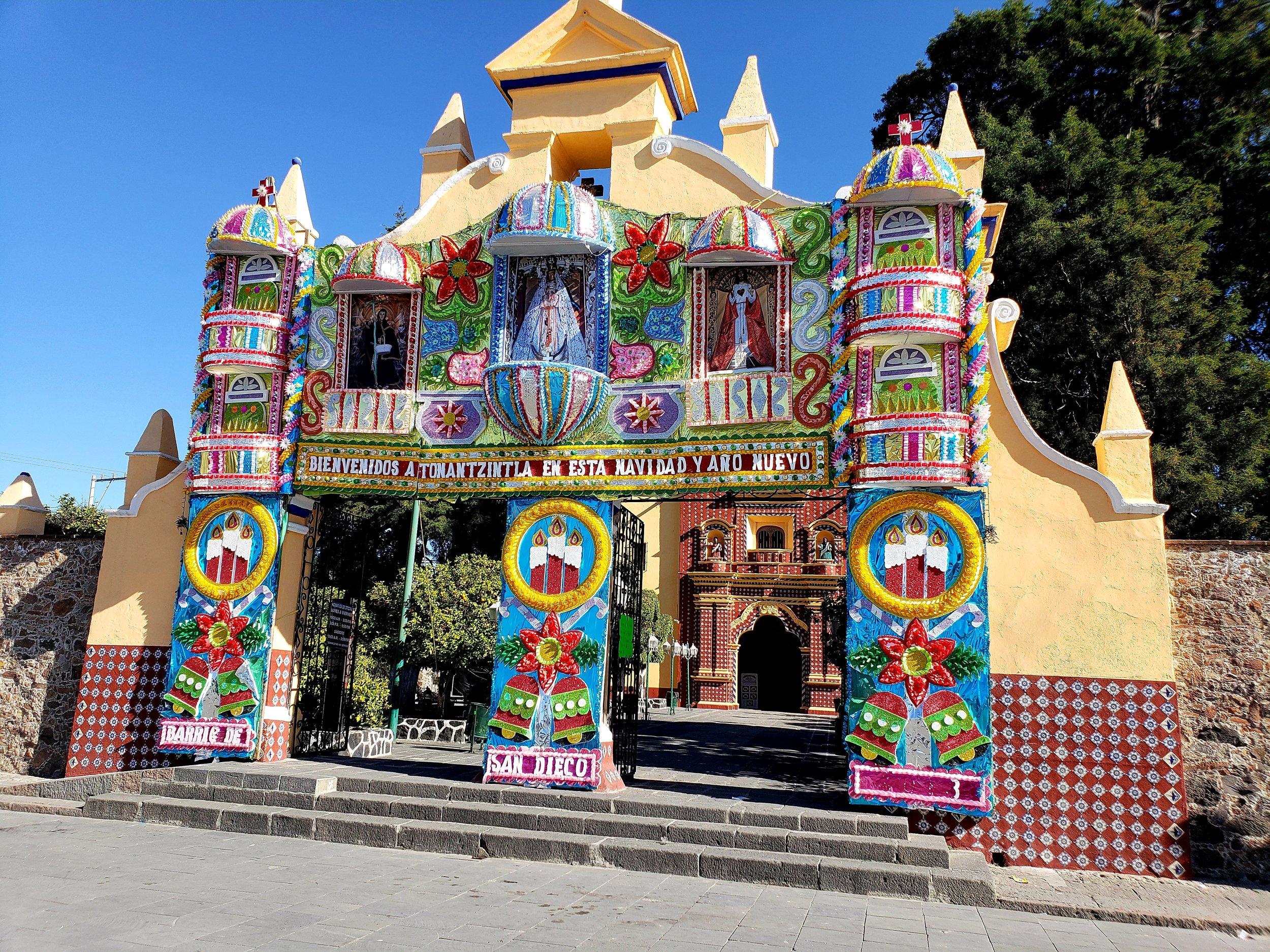
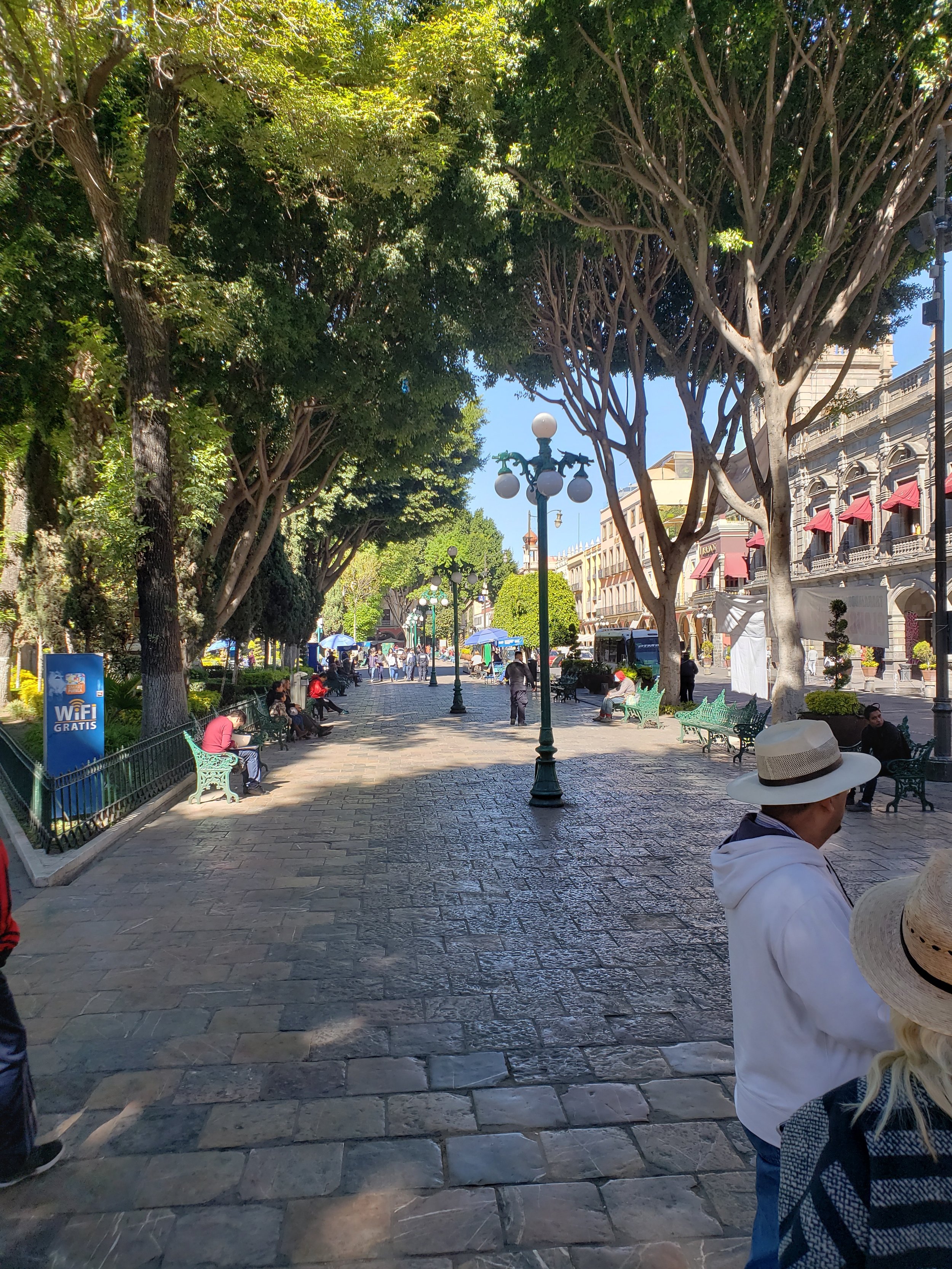
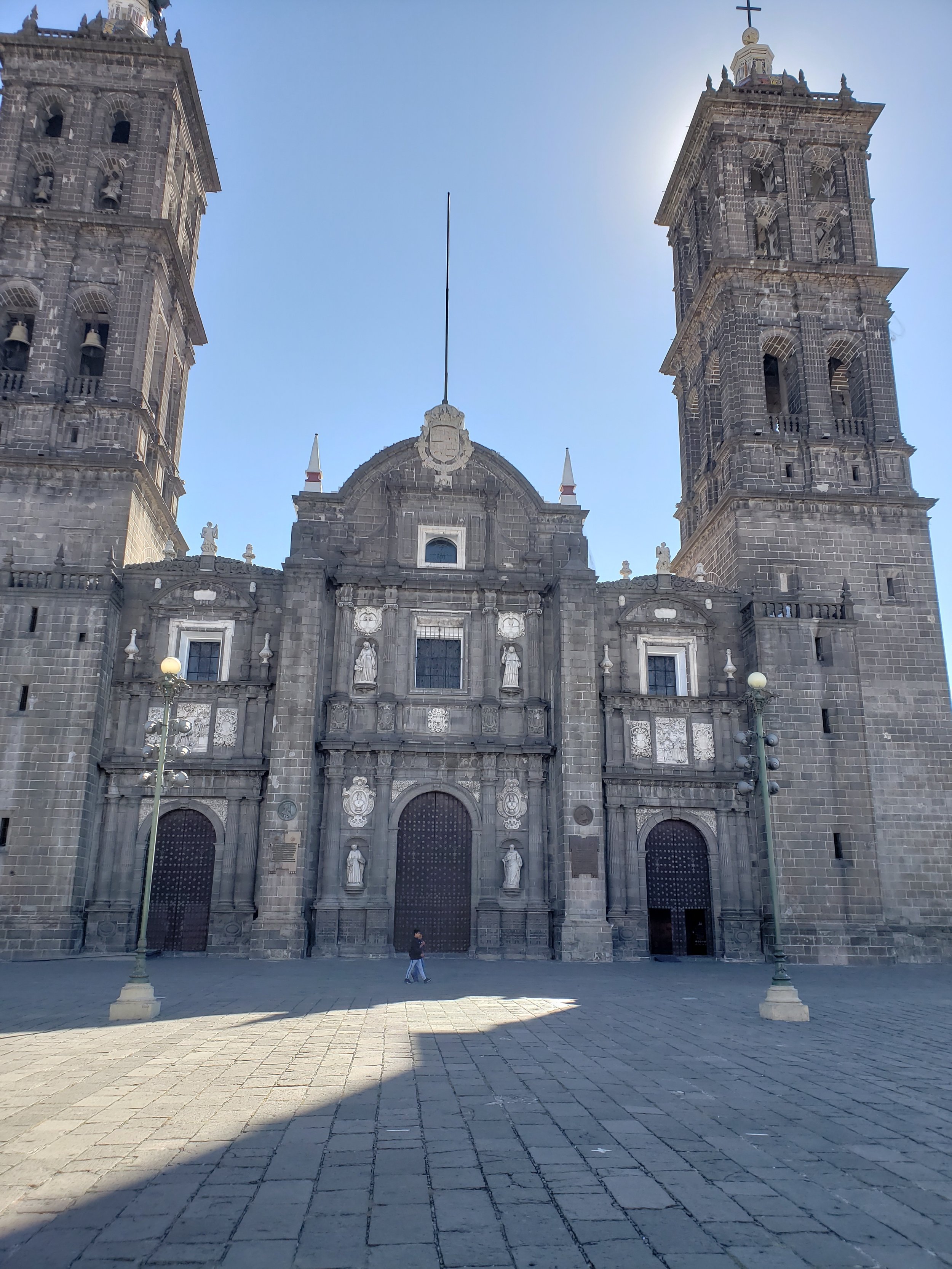
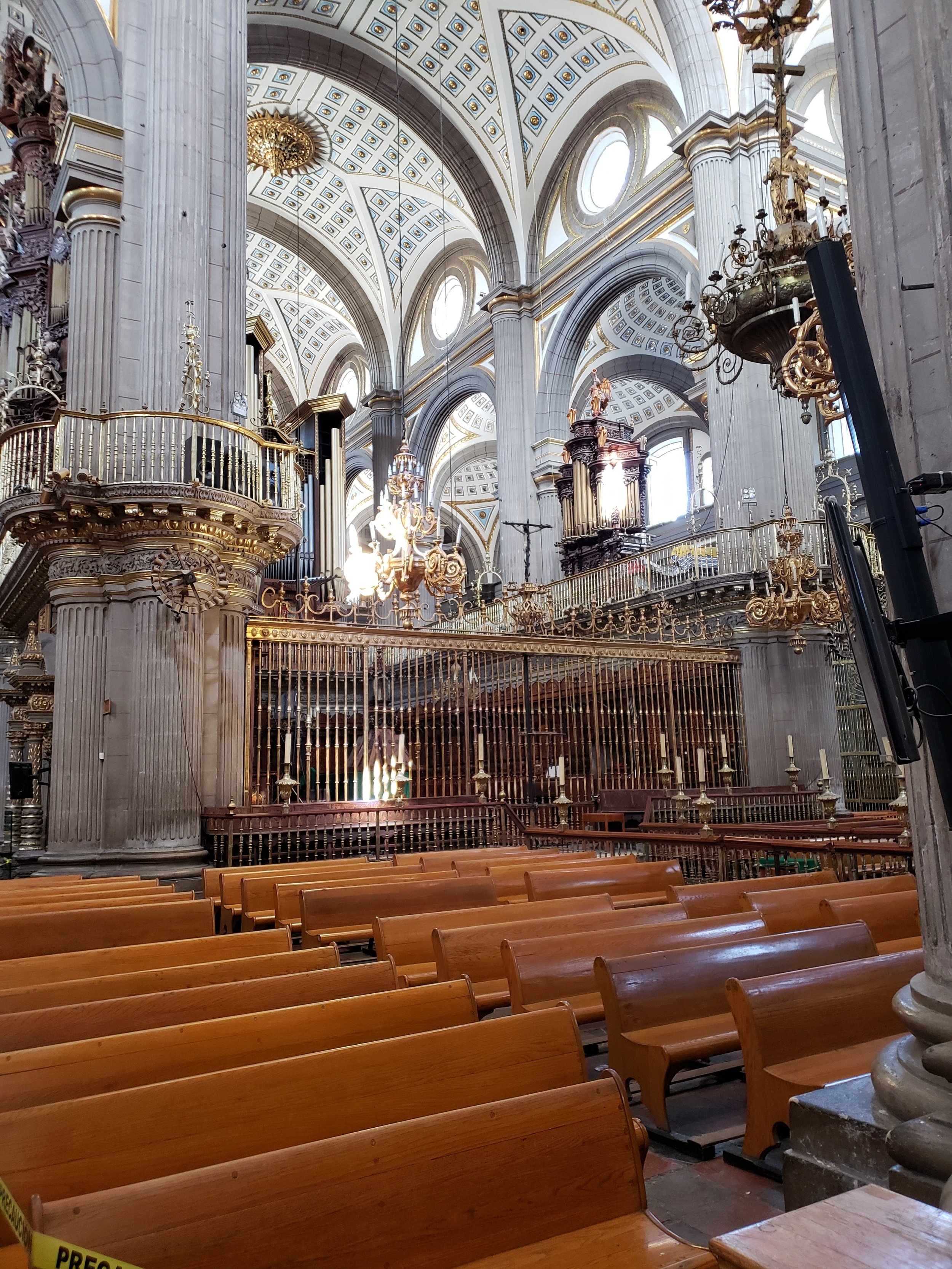
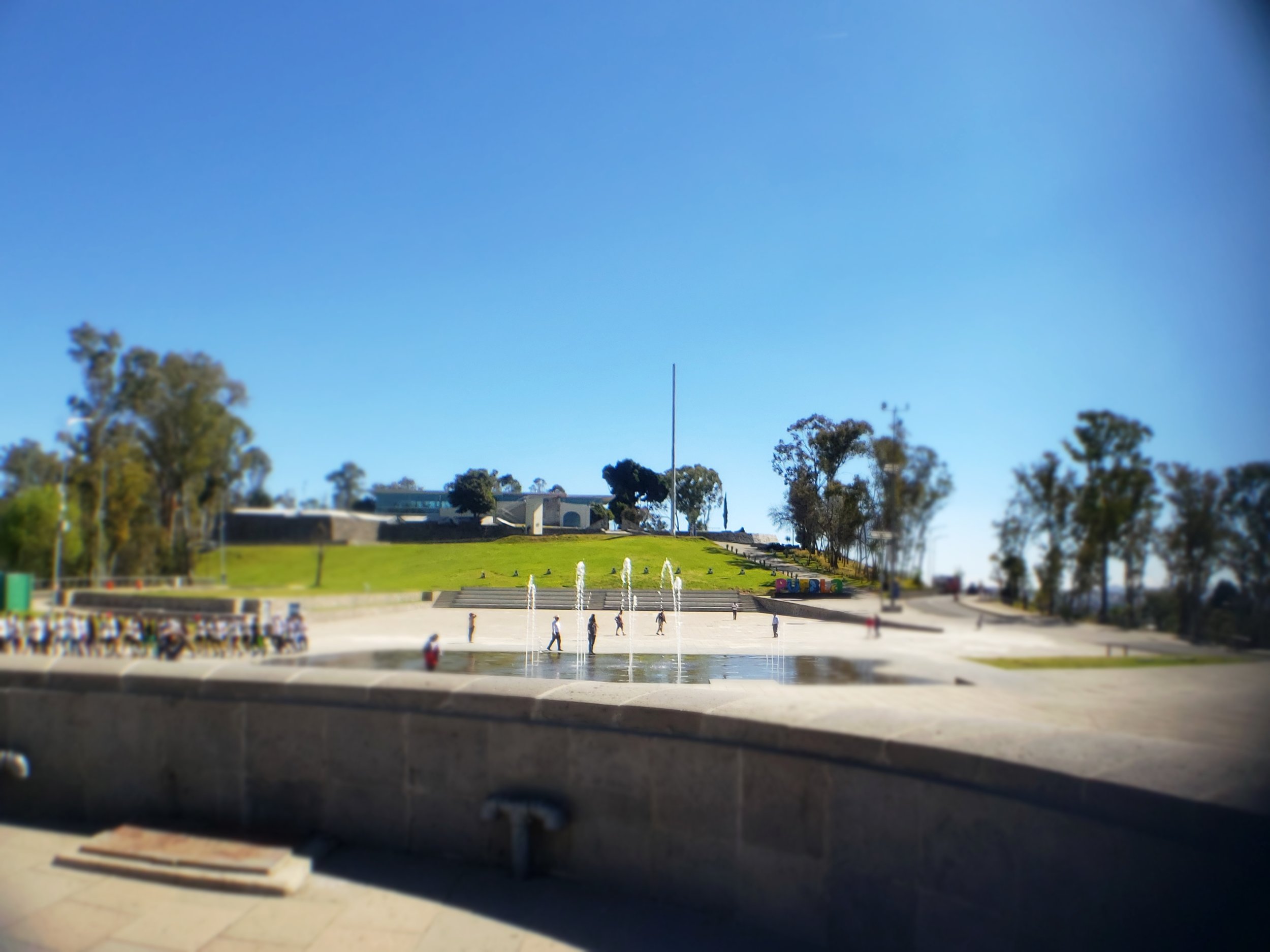
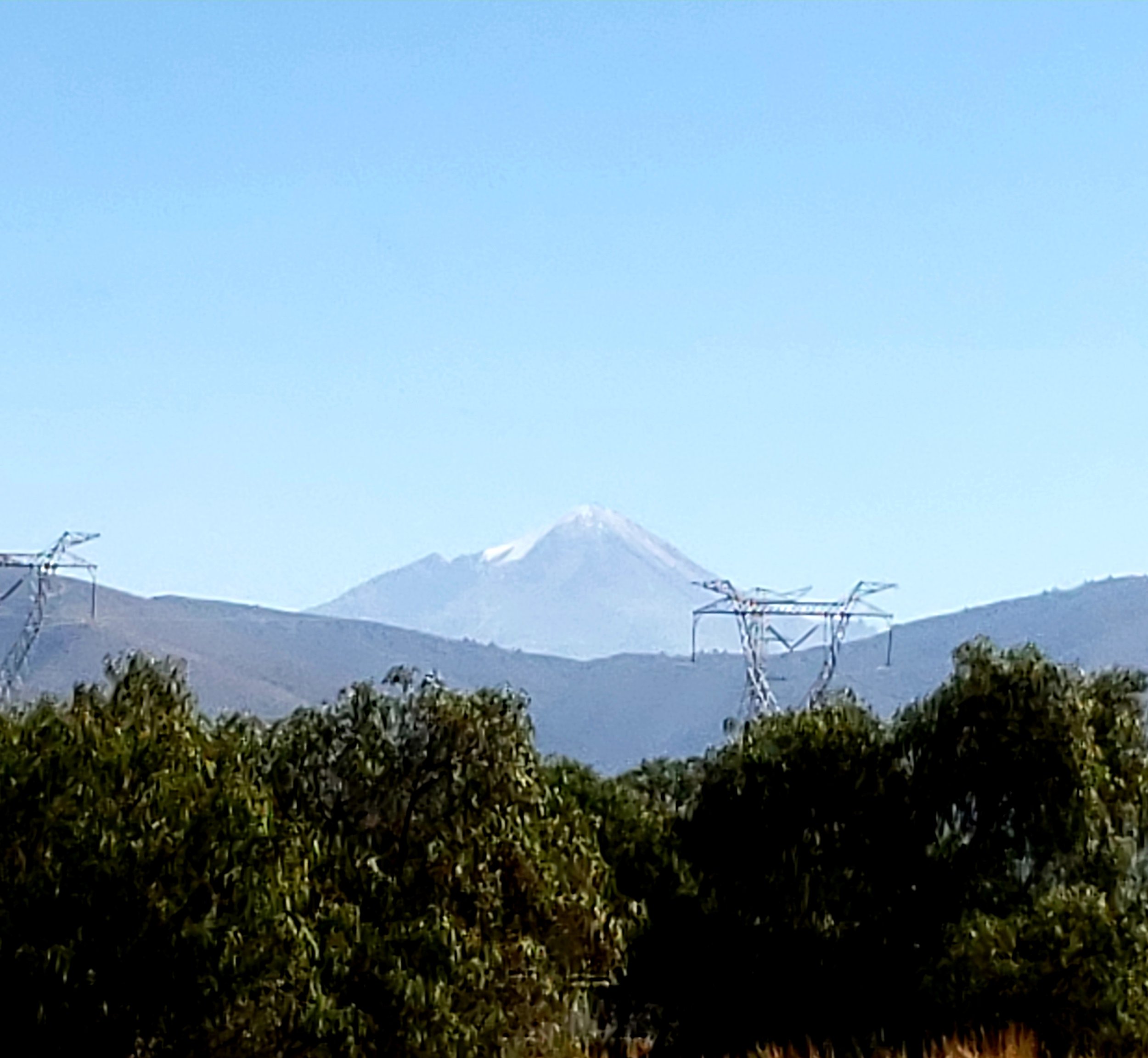
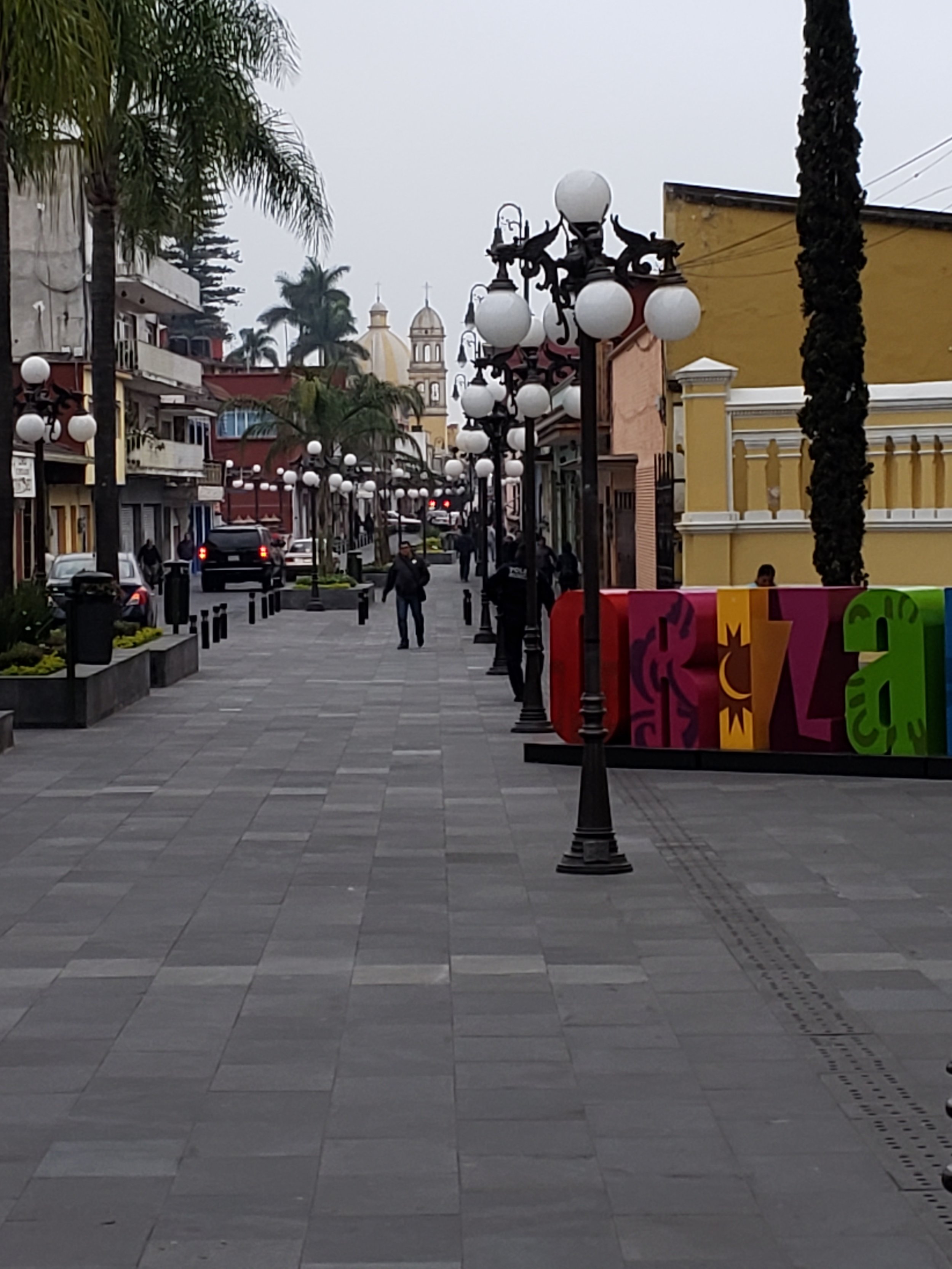

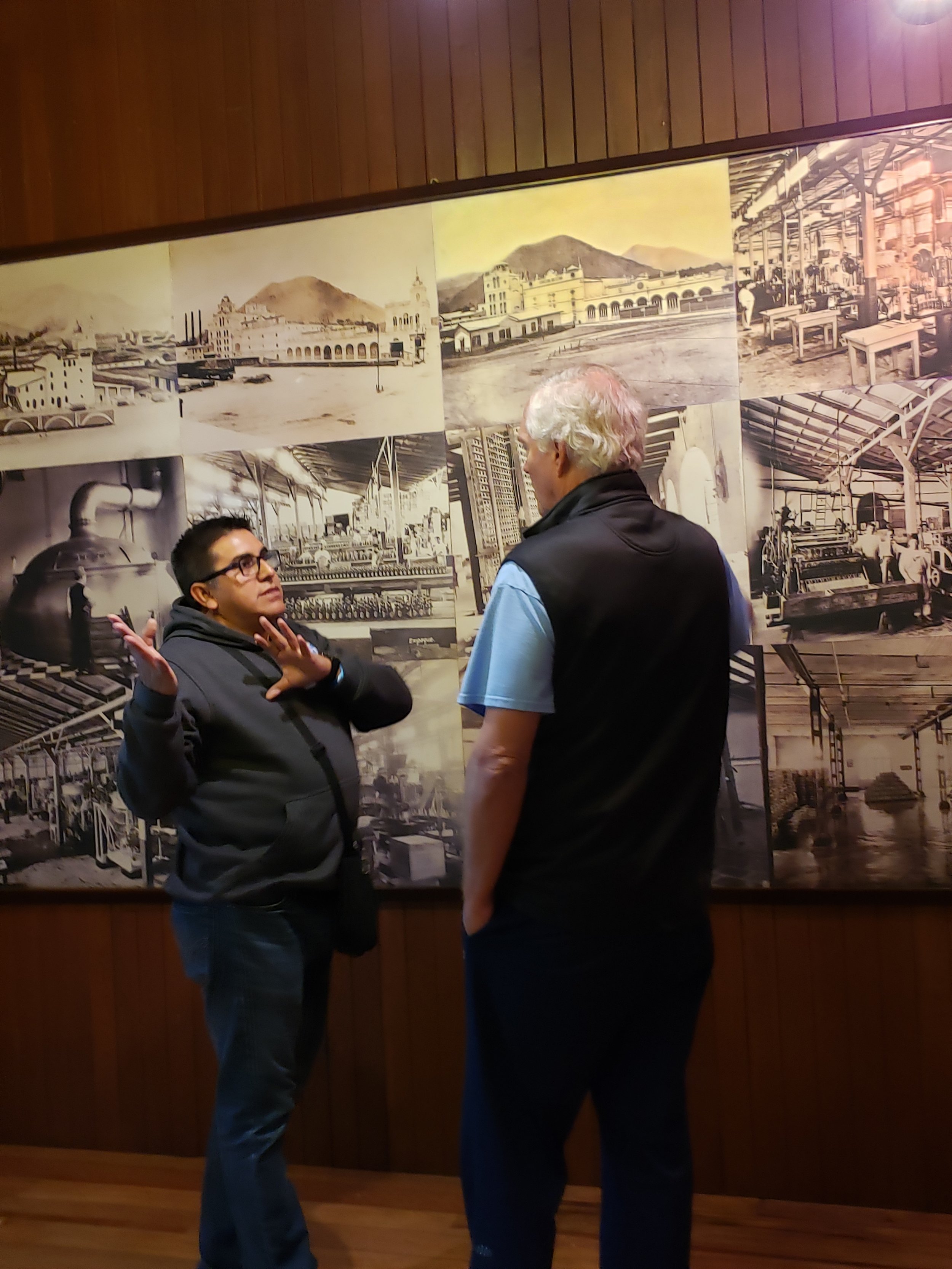
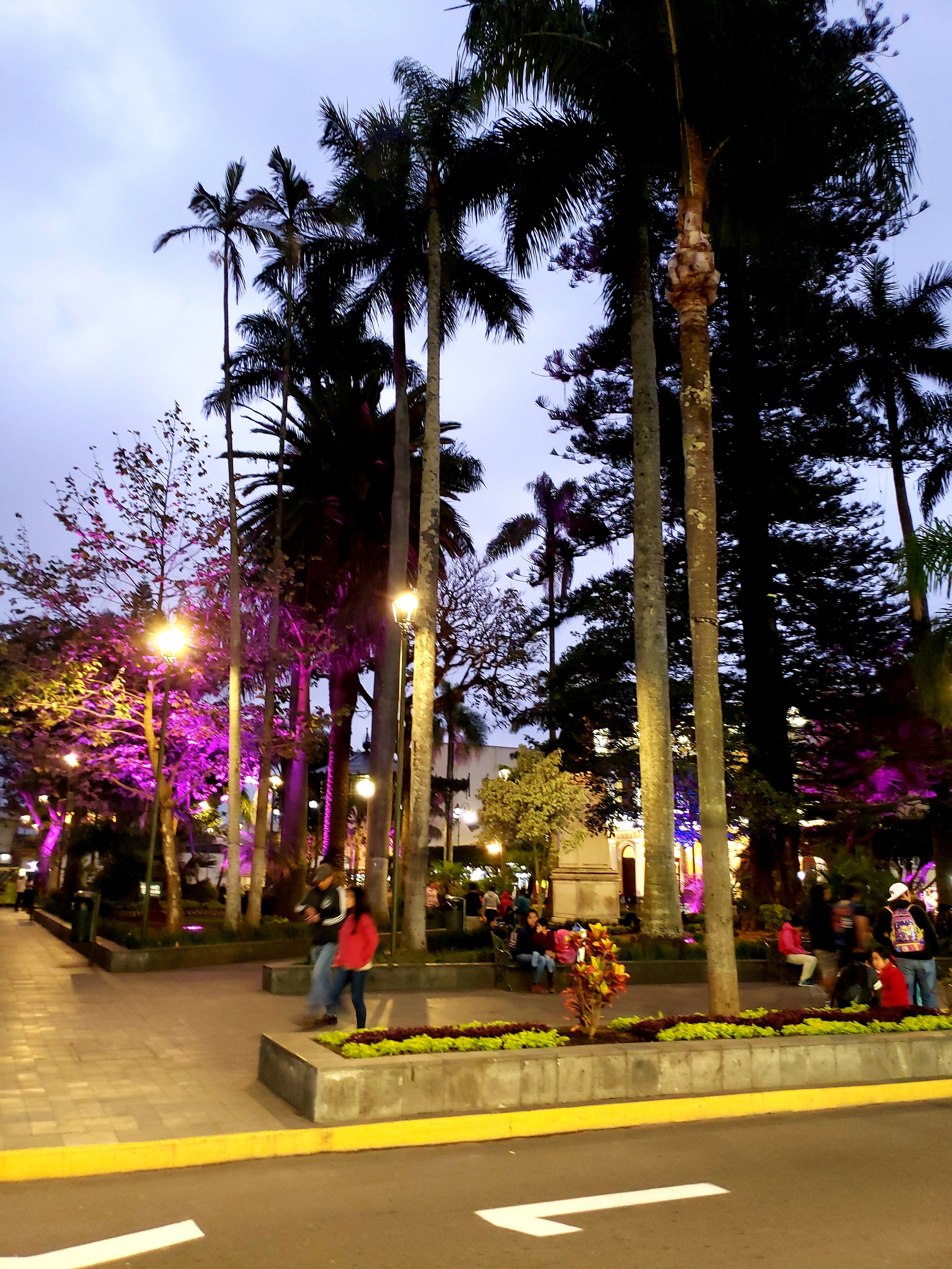

It’s mid-May as I sit here trying to figure out how to tell this story. We’ve been back for about a month and are currently fighting off the daily frustration of being in limbo. You see, our trip morphed from a three-month adventure driving through Mexico into a full-blown change-of-life journey. Very exciting. Though right now it’s all hurry-up and wait because first we have to sell our house. And that’s not going exactly as anticipated. I’ll fill you in on our current vagaries in a future post. Right now, I want to tell you a little more about our drive through Mexico.
Northern Mexico and “The Border”
As we wrote in earlier posts, despite much trepidation, crossing the border was a breeze. We chose the Columbia Bridge, which is the western-most of the Laredo crossings. If you’re staying in Laredo, Columbia’s not as convenient, but we were told that it would be the least busy early in the morning. On the way back, we also crossed at Columbia, and though there was a good two mile backup of trucks waiting to cross, there was only one other car in front of us. Since Columbia is the only crossing we’ve made, other than Tijuana, I can’t tell you it’s better than others, but it sure was good for us.
After crossing, you parallel the river into Nuevo Laredo. The road is pretty bad and you’re bound to think, especially if it’s your first experience, that your car will never make it. But once you hit the toll roads (cuota) heading south, you’ll be pleased with the driving conditions throughout most of Mexico. Heading south, your first stop is likely to be Matehuala, just because that’s where everyone tells you to stop. That first day’s drive is pretty boring. High desert. A mountain pass or two with nice views and a couple of twists. A whole lot of strange vegetation – at least it was to us. Ordinarily, I wouldn’t call a day like this a “highlight,” but, hey, it’s your FIRST DAY IN MEXICO.
On the way back our navigation system took us a different way – right through Monterey, at rush hour, no less. The general advice we were given heading south was to avoid Monterey. I assumed it was because of crime, or it was just a dusty, ugly city. But now I know it’s because it’s a big city with a whole lot of traffic. Even though we lost time, partly because I made a wrong turn in the middle of the city, I’m really glad we came back that way. Monterrey is really cool!
Our first glimpse of the city was almost like a mirage. We’d been driving all day in the high desert, in and out of mountains. I didn’t even realize that our navigation was directing us a different way until we started to approach some very tall mountains that seemed to jut, bare, jagged-edged straight from the desert floor. I knew immediately that we hadn’t seen these mountains before. As we got a little closer, I thought I saw skyscrapers right in the middle of this cluster of peaks, though I couldn’t be sure for another 15 minutes or so. And then they became clear, that must be Monterrey, and why in the hell are we heading toward it? As we climbed higher, passing a windmill farm, we caught more glimpses of the city below. Very modern. Very vertical. And very unlike any other city we’d seen in Mexico, or even, considering it’s setting, in the U.S. It’s hard to describe, and we tried to take pictures as we drove, but could never get a good angle. There are cities in this country with very pretty, mountainous settings – Denver and Salt Lake come to mind – but in Monterrey the mountains are more than a pretty backdrop, they’re an up close, reinforcer of the stark, glass-and-steel beauty of the city’s impressive skyline. At any rate, I would go back to Monterrey, just because it looks so different from the Colonial cities we’d just visited. If you go, though, try to avoid rush hour.
San Miguel de Allende, Guanajuato and Queretaro
If you’re driving down the central spine of Mexico, you need to stop in San Miguel. It’s a beautiful, colonial city, with great food, elegant hotels and tourist pizzaz. It was doubly a must for us because it had taken over first place from Charleston in “Travel and Leisure’s” annual readers’ poll of the world’s top destinations. Personally, I think Charleston is prettier, but I prefer wet to dry. You won’t be disappointed with San Miguel, however, and you should probably give it 3, maybe 4 days. We gave it 5, but one of those days was spent in Guanajuato, and that turned out to be the real highlight of this stop for me. Read more about these two, very different cities in my earlier post. Suffice it say, both cities are worth the time, but Guanajuato is a little more spectacular.
On the way back north, we stopped for a night in Santiago de Queretaro (the accent is on the second “e”) to have dinner with an old friend and to see this lovely, colonial city. Queretaro is east and a little south of San Miguel, but close enough for a day trip or an overnight. We stayed, at our friend, Gary’s, suggestion, in a gorgeous B & B in the old city, that doubled as a high-end antique emporium. The owner’s were very accommodating and gave us directions to a couple of markets where we might find gifts for the grandkids. (We left our previous purchases somewhere along the way.)
The highlight of our one night in Gueretaro was dinner. Gary had arranged for us to eat at a small, Indian “restaurant” in the city’s suburbs. He picked us up at our hotel and we drove for about 20 minutes before pulling up to a pretty house in a gated, residential neighborhood. Of course, we’d had a warning that this wasn’t your typical restaurant, but Lydia and I were still caught flat-footed when the proprietor greeted us as we got out of the car. Believe it or not, this is not that unusual in Mexico. Obviously, zoning and health rules are more lenient than in the U.S., but just imagine making a reservation at a stranger’s house and sitting down to eat off a menu. On this side of the border we’re way too up tight for something like this.
The meal, by the way, was wonderful, and we’re not fans of Indian cuisine, given the limited exposure we’d had to it. Our hosts couldn’t have been nicer, and the fact that Gary was kind of regular didn’t hurt. I still think about it. The three of use sitting on a private back patio, being served by the homeowners, who we had only just met, paying when dinner was done and then strolling across their backyard and driving away. Definitely a highlight.
Puebla, Cholula and Orizaba
On the way south, we spent 3 nights at an AirBnB about halfway between Puebla and Cholula (still technically in Cholula). When we arrived Bob and I weren’t too happy. The place didn’t appear ready, it was in a questionable area with hardly a blade of grass for the dogs – a relatively new, cement townhouse project. One of the bedrooms had clothes in the closet and the drawers. It almost felt like we were trespassing. But after several phone conversations with almost everyone in the owner’s family, we finally relaxed and decided to make the best of it.
The location turned out to be OK. If we had it do over again I think a place near the center of Cholula would have been better. The area we were in was along the busy corridor between the two cities and not a place for walking around.
The thing that sticks with me about this area was the juxtaposition of new and old. Up to that point we’d been in old Colonial cities, but here you had ancient Cholula, which could trace its history back thousands of years, next to Puebla, one of the biggest, most modern cities in Mexico. And Puebla, too, had its own vivid history, with its old Spanish core and the hilltop monuments to Mexico’s Cinco de Mayo victory over France. Puebla also had a lot of smog, due to its valley setting ringed by active volcanos.
For highlights, I found Cholula to be the more fascinating. Built around what is the largest pyramid site in the world, Cholula’s archaeological zone stands a short walk from today’s Zocalo, or town square. We visited on a Sunday when the whole city was out enjoying a warm winter afternoon. While I don’t know that there is more than a couple of day’s worth of things to do in Cholula, unless you go up into the volcanos for another day, it is still definitely worth a visit.
On the way back we decided to stay in Orizaba, in Vera Cruz state, above the city of Vera Cruz and on the other side of the mountains from Puebla. This is a mountain resort area. Behind it you can see Pico de Orizaba, a volcano that stands over 18,000 feet tall (the highest in Mexico), which is also visible from Puebla. The highway to and from Orizaba is a highlight itself, with hairpin turns and steep dips and climbs, made even more challenging by the seemingly countless number of “dobles” (trucks pulling two trailers).
Orizaba itself is a quaint colonial city built along a river, surrounded by mountains. It has a Riverwalk, far less commercial than San Antonio’s, with a number of animals in staggered cages along the river, like a zoo. Our highlight here involved being somewhat lost and needing a bathroom rather urgently. We had found our way to city hall, though we didn’t know that’s where we were, and while Lydia used the restroom I ran into a young man who wanted to practice his English. Jesus led us all over Orizaba, giving us both the history and its current state of affairs. He worked for a local TV station, had been to the States and definitely wanted to go back. His English was pretty good, though he didn’t get much chance to use it as Orizaba doesn’t get that many American tourists.
If I had to choose between these three cities for a return visit, I would pick Orizaba. Partly because we only spent one night there, but mostly because I loved the mountain setting. Although, Jesus did warn us that the weather is not good, cool and damp most of the year, with lots of cloud cover.
Next up in Part 2: Oaxaca, Palenque and Calakmul.
